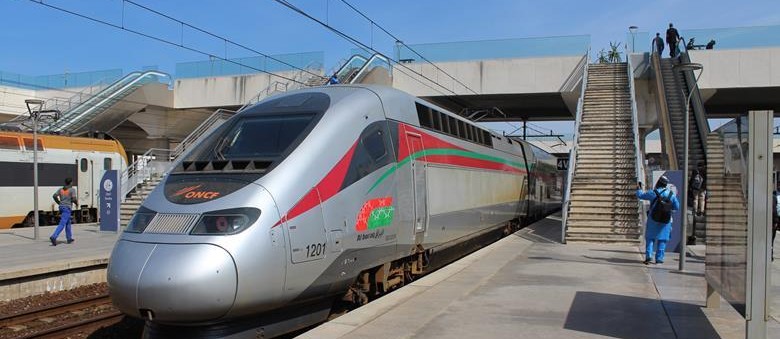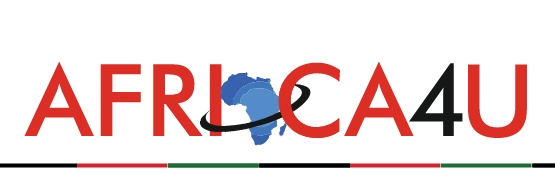(3 Minutes Read)
Morocco is solidifying its position as a pioneer in African transportation infrastructure with the development of the Kenitra–Marrakech high-speed rail line, a transformative project set to become the longest high-speed railway in Africa. Stretching 430 kilometres, this advanced rail corridor will connect some of the nation’s most vital urban centres—Kenitra, Rabat, Casablanca, and Marrakech—enhancing mobility, reducing travel times, and driving economic integration across the country.
This landmark project is an expansion of the existing Tangier–Kenitra high-speed line, inaugurated in 2018 as Al Boraq, which was the first of its kind on the continent. Once the Kenitra–Marrakech extension is completed, the full route from Tangier to Marrakech—spanning over 670 kilometres—will be traversable in under three hours, a dramatic reduction from the current journey time of over four and a half hours by conventional rail. Trains on the line will reach speeds of up to 350 km/h (217 mph), placing Morocco on par with some of the world’s most developed high-speed rail networks.
The USD 9.5 billion project is being executed with substantial international collaboration, drawing on expertise and technology from global leaders in rail innovation. Alstom, a French multinational company known for its high-speed trains, is playing a central role, supplying state-of-the-art rolling stock, while South Korea’s Hyundai Rotem is contributing to infrastructure and engineering solutions. This cross-border cooperation underscores the project’s global significance and the confidence of international stakeholders in Morocco’s vision.
Beyond transportation, the high-speed rail is a key pillar in Morocco’s national development strategy. It is expected to create thousands of direct and indirect jobs during both construction and operation phases, stimulate local businesses, and open up new opportunities for tourism, trade, and investment. Improved accessibility to Marrakech—one of Africa’s most iconic tourist destinations—will significantly boost visitor numbers and inject vitality into the region’s economy.
Crucially, the Kenitra–Marrakech line is also aligned with Morocco’s environmental and sustainability goals. The country, already a leader in renewable energy investment, is ensuring that the high-speed rail project adheres to strict ecological standards. By offering a cleaner alternative to road and air travel, the line is expected to cut carbon emissions, contribute to reduced traffic congestion, and support the country’s broader green transition.
Read Also:
This initiative represents more than just a new railway—it is a bold statement of Morocco’s commitment to innovation, connectivity, and sustainable development. As the country leads the way in high-speed transportation on the African continent, the Kenitra–Marrakech line could serve as a blueprint for similar infrastructure projects across Africa, encouraging other nations to invest in modern, efficient, and eco-friendly transport solutions.





